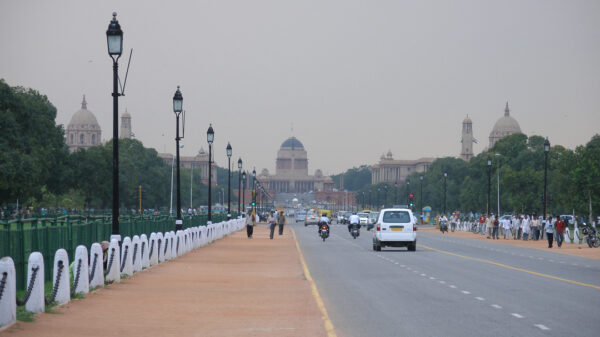Roar writer Chen Ly on Asian representation in Hollywood over the decades.
They say art imitates life. While this undeniably cliched expression is universally applicable, the lesser-known history of Asian-Americans in film paints a powerful example.
The long march to representation
The Chinese Exclusion Act, Japanese internment camps, and anti-miscegenation laws marked the early 1900s as a period of significant economic and social discrimination for Asian-Americans. The strong anti-Asian sentiment prevalent at the time, crudely dubbed as “yellow peril“, built on the perception that Asians threatened the American way of life.
Unsurprisingly, these attitudes mirrored the cinema of the time. From Madame Butterfly (1915) to Breakfast at Tiffany’s (1961), Asian characters were not portrayed by Asian actors at all. Rather, white actors would play Asian characters donning “yellowface”, the allegorical sibling to the more familiar blackface, that’s characterised by mockingly exaggerated stereotypical Asian features, such as slanted eyes and yellow skin, using theatrical makeup.

Mickey Rooney’s portrayal of ‘Mr Yunioshi’ in Breakfast at Tiffany’s.
Moving into the latter half of the 20th century, the civil rights movement had granted Asian-Americans more economic and social mobility. Large influxes of Asians into America, such as refugees from conflicts in Southeast Asia, and highly qualified immigrants bolstering America’s healthcare and technology industries, heralded a substantial and growing Asian diaspora. By the turn of the century, Asian-Americans compared to other ethnic minorities, had higher household income, higher life expectancy and low incarceration rates. Despite this, degrading narratives against Asians persisted in the forms of “perpetual foreigner syndromeâ€, the “model minority myth†and the, again quite crudely termed, “bamboo ceilingâ€. These narratives predictably crept their way into Hollywood. Typified by the character Long Duk Dong in Sixteen Candles (1984), Asians were written to be passive, nerdy and insignificant. More often than not, however, Asians were completely absent from the silver screen.
A representation renaissance
Finally, we arrive in the 21st century. Hollywood is progressive as ever and Asian-Americans continue to be among the American middle-class and highly educated. Yet, the legacy of discrimination still rears its ugly head. A more palatable, clandestine descendent of yellowface – whitewashing, is the practice of casting white actors as canonically non-white characters. Films such as Ghost in the Shell (2017), Avatar: The Last Airbender (2010), and Dr Strange (2016), have been sources of Asian whitewashing, and subsequent audience backlash, in recent years.

Encouragingly, it appears the audiences have been heard. Crazy Rich Asians (2018) and To All the Boys I’ve Loved Before (2018), both unexpectedly successful, have been catalysts for somewhat of an Asian representation renaissance. Of course, there are lesser-known films integral to this renaissance. The Farewell (2019) presents a poignant exploration of a woman straddling between her American and Chinese identities. Pixar’s animated short Bao (2018), tenderly paints the struggle of a mother suffering from empty-nest syndrome. These films are a rare departure from the stale stereotypes of Asians. And, importantly refreshing sincere depictions of the Western-Asian experience – a group whose stories are seldom told.
The release of Disney’s Mulan (2020) and Marvel’s upcoming Shang-Chi (2021), demonstrate the new-found appetite for Asian-led stories and a genuine reflection of social progress. Art imitating life perhaps?















